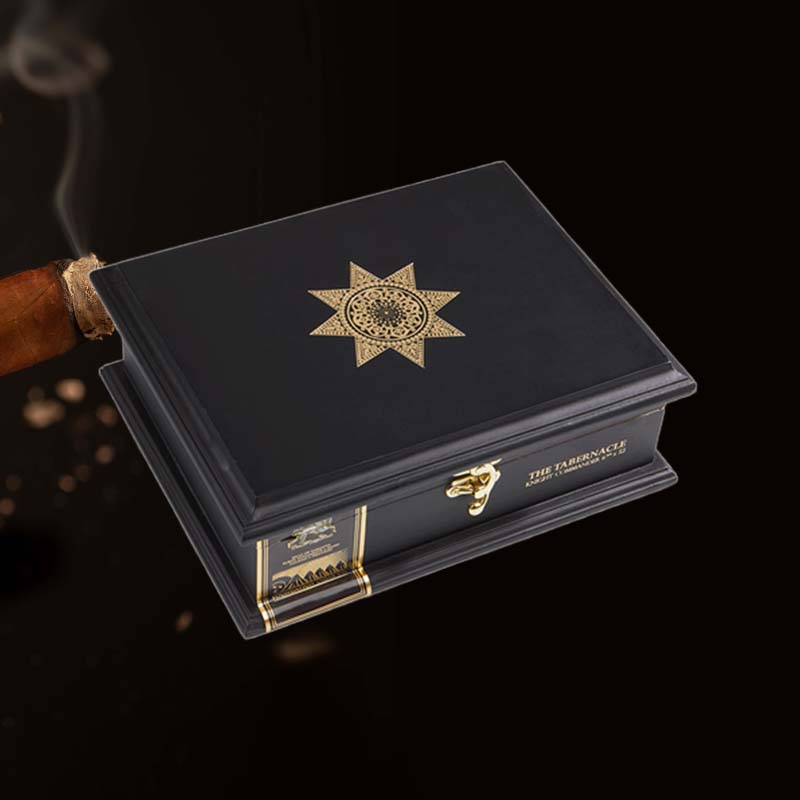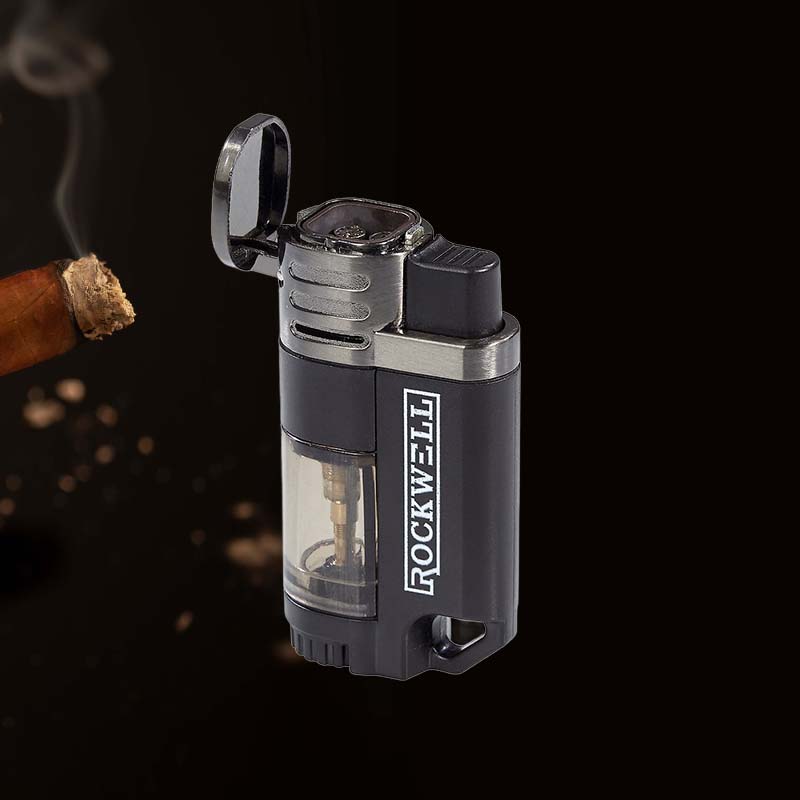Torch lighter won't light after refill
As a cigar aficionado, there’s nothing quite like the moment when I reach for my trusty torch lighter, only to find it won’t light after a refill. The frustration and uncertainty can be overwhelming, especially when all I want is to enjoy a quality smoke. In this article, I’ll dive into the common pitfalls of torch lighters, troubleshooting techniques, and preventive measures, so that you can avoid those disappointing moments and keep your lighter ready for action.
Why is my torch lighter not working?
Understanding the root of the problem is essential when your torch lighter fails to ignite. Here are some common reasons that often play into this unfortunate scenario:
Common reasons for a torch lighter malfunction
- Insufficient fuel after refilling
- Air trapped in the fuel chamber
- Clogged nozzle or ignition mechanism
- Wear and tear resulting in leaks
- Safety lock engaged
Common torch lighter issues and how to fix them

Troubleshooting your lighter
When faced with lighter troubles, I often go through a checklist to pinpoint the issue. Start by ensuring the fuel level is adequate and check for any visible leaks. If I detect a problem but am unsure, I will consider other common issues outlined above.
When the lighter sparks but won’t light

Possible causes and solutions
It’s frustrating when my lighter sparks but refuses to produce a flame. Typically, this might be due to last-minute issues like:
- A dirty or clogged ignition system
- A broken piezo ignition system
- Improper fuel settings
To troubleshoot, I clean the ignition area, ensure there are no blockages, and allow the lighter to settle if I have recently refilled it.
Weak flame after refill

How to restore proper flame strength
A weak flame can tarnish even the best cigar moments. If I face this, I carefully check:
- Fuel quality
- Adjustment of the flame height screw
- Possible leaks
One effective way to boost flame strength is by adjusting the lighter’s flame height. This can often be done using a small screwdriver and should be done cautiously.
Identifying leaks in your torch lighter
Steps to check and fix leaks
Finding a leak is like debunking a mystery. To identify one, I usually employ these steps:
- Visually inspect for cracks or signs of wear on the tank.
- Apply soapy water and look for bubbles.
- Listen for hissing sounds that suggest air escaping.
If I discover a leak, the safest option is often to replace the lighter, as attempting repairs can be risky.
Out of fuel: How to know if your lighter is empty

Signs your lighter is out of butane
Sometimes I skip checking the fuel level. If my lighter is unresponsive or just doesn’t produce a flame, it could simply be out of butane. Other indications include:
- A clicking sound without ignition
- Translucent casing (if applicable) shows low fuel
- Weak struggle to ignite
Always keep an eye on your fuel levels before leaving home!
Unclean lighter causing ignition issues
Cleaning tips for optimal performance
I can’t stress enough how a clean torch lighter makes a difference. Regular upkeep can prevent many ignition issues. Often, I follow these cleaning tips:
- Use compressed air to clear the nozzle.
- Soak removable parts in rubbing alcohol.
- Wipe the exterior with a gentle cloth.
Cleaning has always extended the lifespan of my favorite lighters.
Hissing sound from the lighter

What it means and how to address it
Hissing sounds are often a cry for help! When I hear it, I know there’s a problem with gas release. This could indicate:
- A malfunctioning valve
- A leak in the fuel chamber
I make it a point to cease use immediately and inspect carefully.
Dampness and its effect on lighter functionality

Drying out a damp torch lighter
Humidity can wreak havoc on lighter function. If I’ve exposed my torch lighter to moisture, I’ll do the following:
- Open the lighter and allow it to air dry.
- Use silica gel packets in storage to pull moisture.
Being proactive here saves a lot of future frustration.
Safety features in your torch lighter

Understanding safety mechanisms and overrides
Many lighters come equipped with safety features to prevent accidents. Understanding these helps me avoid problems:
- Locking mechanisms that prevent accidental ignition
- Pressure safety releases that can engage under excess heat
I always check if a safety mechanism is activated as it can prevent operation.
How to prevent torch lighter problems
Maintenance tips for longevity
Prevention goes a long way. My routine usually includes:
- Regularly inspecting for leaks
- Keeping a clean lighter
- Proper storage away from extreme temperatures
I’ve found that these simple actions can significantly extend my lighter’s life.
Refilling your torch lighter properly

Step-by-step refilling instructions
Here’s the method I follow to refill my torch lighter effectively:
- Ensure the lighter is completely empty by running it until it stops igniting.
- Hold the lighter upside down.
- Insert the refill canister nozzle into the filling port.
- Press firmly for about 5 seconds to refill.
- Let it sit for 10 minutes before using.
How does air get into the lighter?
Common air leakage issues and fixes
Air can seep into the lighter during refills if not done correctly. To mitigate this, I ensure:
- Filling is done upright, with no air gaps.
- Checking seals for any potential cracks.
A prompt replacement can save me from future igniting hassles.
How to bleed the air from your torch lighter

Techniques for effective air bleeding
If I suspect air oxidation, I typically do the following:
- Turn the lighter upside down.
- Use a small, pointed tool to slightly depress the fuel valve.
- Wait for the hissing to stop, indicating air has been expelled.
This process usually gets my lighter back in top shape.
After bleeding and filling your lighter

Steps to ensure proper operation
After bleeding and refilling, I follow these steps before reigniting:
- Wait at least 10 minutes post-refill.
- Inspect for leaks again.
- Gradually adjust the flame height.
Following these steps ensures everything is set for an enjoyable smoking experience.
How to store your torch lighter correctly

Best practices for storing lighters
Storing my torch lighter appropriately has become second nature. Here’s what I tend to follow:
- Keep it in a cool, dry place.
- Avoid direct sunlight.
- Store upright to prevent leaks.
These methods help maintain functionality over time.
FAQ
Why is my lighter not working after refilling?

After refilling, if my lighter fails to work, it can be due to air trapped in the system or insufficient fuel. Always allow some time for stabilization after refilling.
Why does my torch lighter spark but not light?
This typically indicates a clog or malfunction in the ignition system. Cleaning it out may solve the issue swiftly.
Why is my torch not igniting?

If my lighter isn’t igniting, it might be out of butane or could have air in the fuel line. A quick check can reveal low fuel levels or possible blockages.
Why isn’t my lighter working even though it has fluid?

If my lighter has fluid but won’t work, it could be due to a clogged nozzle or malfunction in the ignition system. Cleaning and inspecting may result in a fix.
